Taste Testing 6 Iconic Japanese Foods (Plus a Sprinkle of Japanese Language Learning!)
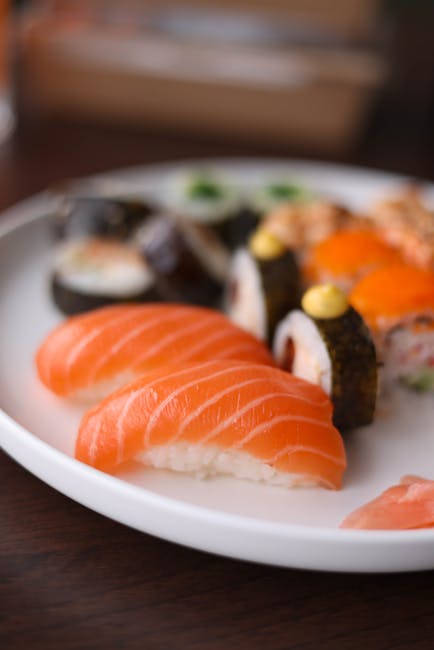
Taste Testing 6 Iconic Japanese Foods (Plus a Sprinkle of Japanese Language Learning!)
Konnichiwa, style enthusiasts! As a devoted follower of all things Japan, from the minimalist elegance of Muji to the vibrant chaos of Shibuya crossing, I'm constantly seeking ways to infuse my life with a little wa (和), a sense of harmony and Japanese-ness. This month, I decided to combine two of my passions: the captivating world of Japanese cuisine and the beautiful, intricate Japanese language. Join me as I embark on a delicious adventure, taste-testing six popular Japanese foods and sprinkling in some basic Japanese vocabulary along the way! Get ready to activate your taste buds and your brain cells – itadakimasu (いただきます – let's eat!).
Preparation is Key: Setting the Stage for a Japanese Feast

Before diving into the culinary delights, let's briefly touch upon the aesthetic preparation, because, let's face it, presentation is half the pleasure! For this taste test, I opted for a simple, clean setup: a natural wood table runner, minimalist white ceramic plates, and a small sprig of cherry blossom for that quintessential Japanese touch. Presentation elevates the experience. Think about incorporating these elements when you try these foods at home. Now, let's see the stars of the show!
1. Ramen: A Noodle Symphony in a Bowl

Ah, ramen! The soul-warming, deeply satisfying noodle soup that has captured hearts worldwide. I chose a classic tonkotsu (豚骨) ramen, known for its rich, creamy pork bone broth. The perfectly cooked noodles, tender slices of chashu (叉焼 – braised pork belly), soft-boiled egg, and vibrant green onions created a visual masterpiece before I even took my first sip. This is truly comfort food for the soul!
Taste Test: The broth was unbelievably flavorful, a testament to the hours it takes to prepare. The noodles had the perfect al dente texture, and the chashu melted in my mouth. Each component worked in harmony to create a truly unforgettable culinary experience. It was hard not to slurp, a sign of appreciation in Japan!
Japanese Lesson: Let's learn a few ramen-related words:
- Ramen (ラーメン): This one's obvious!
- Men (麺): Noodles
- Supu (スープ): Soup
- Chashu (チャーシュー): Braised pork belly
- Oishii (美味しい): Delicious!
Style Note: Consider purchasing a beautiful ramen bowl with a deep, curved design. This helps keep the broth warm and enhances the overall presentation. A ceramic spoon with a resting notch for your chopsticks is another elegant touch.
2. Sushi: An Artful Combination of Flavors and Textures
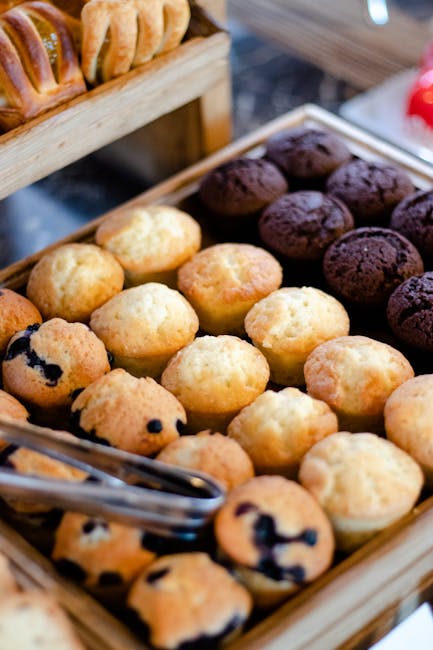
Next up is sushi, a true emblem of Japanese cuisine. I opted for a mixed platter, featuring nigiri (握り – hand-pressed sushi) with salmon, tuna, and shrimp, as well as a maki roll (巻き – rolled sushi) with avocado and cucumber. The vibrant colors and precise arrangement were a feast for the eyes, a testament to the meticulous artistry of sushi chefs.
Taste Test: The fish was incredibly fresh, with a melt-in-your-mouth texture. The perfectly seasoned sushi rice provided the perfect counterpoint, while the wasabi added a delightful kick. Dipping it lightly in soy sauce and pairing it with pickled ginger ( gari – ガリ ) cleansed the palate between bites. Each piece was a small work of art.
Japanese Lesson: Sushi vocabulary:
- Sushi (寿司): Well, sushi!
- Nigiri (握り): Hand-pressed sushi
- Maki (巻き): Rolled sushi
- Sashimi (刺身): Sliced raw fish (without rice)
- Wasabi (わさび): Japanese horseradish
- Gari (ガリ): Pickled ginger
- Shoyu (醤油): Soy sauce
Style Note: Serving sushi on a sleek, rectangular slate platter enhances its minimalist elegance. Invest in a good-quality sushi mat ( makisu – 巻き簾) and learn to roll your own sushi for a fun and impressive culinary experience.
3. Gyoza: Crispy, Juicy Dumpling Perfection
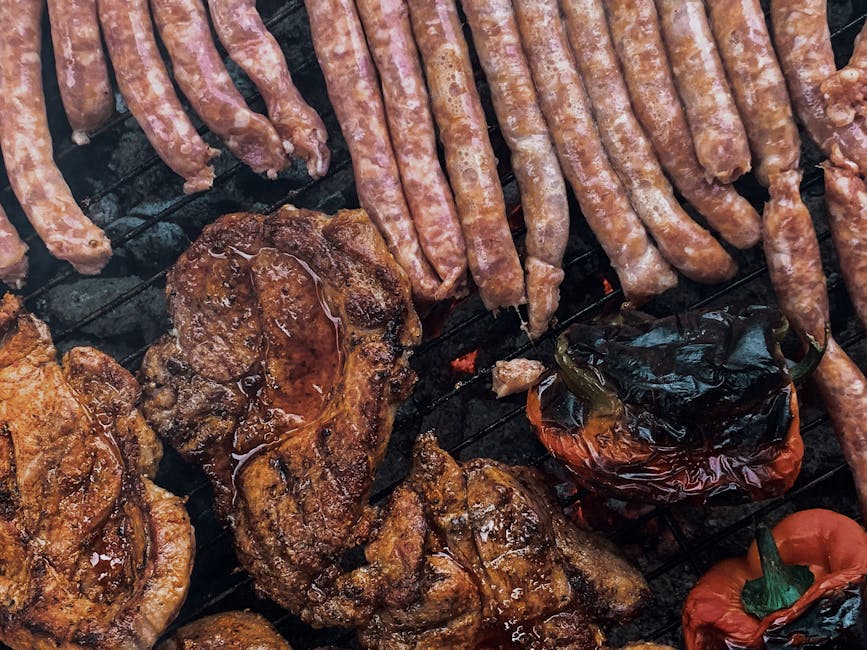
Gyoza, those little crescent-shaped dumplings filled with savory meat and vegetables, are a universal crowd-pleaser. I chose pan-fried gyoza, known for their crispy bottoms and juicy interiors. The golden-brown color and enticing aroma were irresistible. These are great for sharing (or not!).
Taste Test: The crispy bottom provided a delightful contrast to the tender filling. The combination of pork, cabbage, garlic, and ginger was incredibly flavorful. Dipping them in a mixture of soy sauce, rice vinegar, and chili oil ( rayu – ラー油) added an extra layer of deliciousness. I could easily eat a whole plate of these!
Japanese Lesson: Gyoza language:
- Gyoza (餃子): Dumplings
- Yaki Gyoza (焼き餃子): Pan-fried dumplings
- Rayu (ラー油): Chili oil
- Atsui (熱い): Hot (temperature) - be careful when eating them fresh off the pan!
Style Note: Serve gyoza on a small, shallow dish to prevent them from becoming soggy. A simple bamboo steamer basket can add a touch of authenticity to your presentation.
4. Okonomiyaki: Savory Pancake Delight
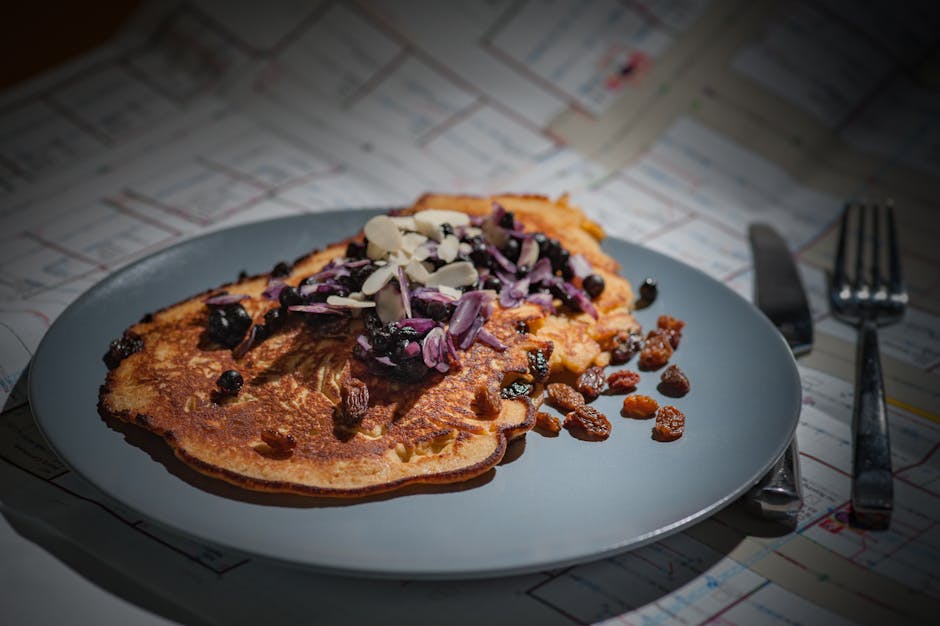
Okonomiyaki, often described as a savory pancake, is a regional specialty with endless variations. I opted for the Osaka-style okonomiyaki, which features a mixture of flour, eggs, shredded cabbage, meat (typically pork belly), and seafood (often shrimp or squid). It's cooked on a griddle and topped with a special okonomiyaki sauce, mayonnaise, dried seaweed flakes ( aonori – 青のり), and bonito flakes ( katsuobushi – 鰹節). It is a feast for the senses!
Taste Test: The okonomiyaki was a delightful mix of textures and flavors. The crispy exterior gave way to a soft, savory interior. The combination of the sweet and tangy okonomiyaki sauce, the creamy mayonnaise, and the umami-rich bonito flakes was simply divine. It was a truly unique and satisfying culinary experience.
Japanese Lesson: Okonomiyaki words:
- Okonomiyaki (お好み焼き): Savory pancake
- Aonori (青のり): Dried seaweed flakes
- Katsuobushi (鰹節): Bonito flakes
- Sauce (ソース): Okonomiyaki sauce
- Kore wa oishii desu (これは美味しいです): This is delicious!
Style Note: Serve okonomiyaki directly from the griddle on a heat-resistant plate. Use a special okonomiyaki spatula ( kote – ヘラ) to cut and serve the pancake. A small dish of mayonnaise with a squeeze bottle for creating decorative patterns adds a playful touch.
5. Mochi: Chewy, Sweet, and Delightfully Addictive

Mochi, a Japanese rice cake made from glutinous rice, is a beloved sweet treat. I sampled daifuku (大福), mochi filled with sweet red bean paste ( anko – 餡子). The soft, chewy texture and the subtle sweetness of the red bean paste were incredibly satisfying. It's hard to eat just one!
Taste Test: The mochi was incredibly soft and chewy, almost melting in my mouth. The red bean paste filling added a delicate sweetness and a subtle nutty flavor. It was the perfect ending to my savory feast.
Japanese Lesson: Mochi terms:
- Mochi (餅): Rice cake
- Daifuku (大福): Mochi filled with sweet filling
- Anko (餡子): Sweet red bean paste
- Amai (甘い): Sweet
Style Note: Serve mochi on a small, decorative plate. Dusting it with a light coating of matcha powder adds a touch of elegance and enhances the visual appeal. A small cup of green tea is the perfect accompaniment.
6. Matcha: A Whisk Away to Tranquility
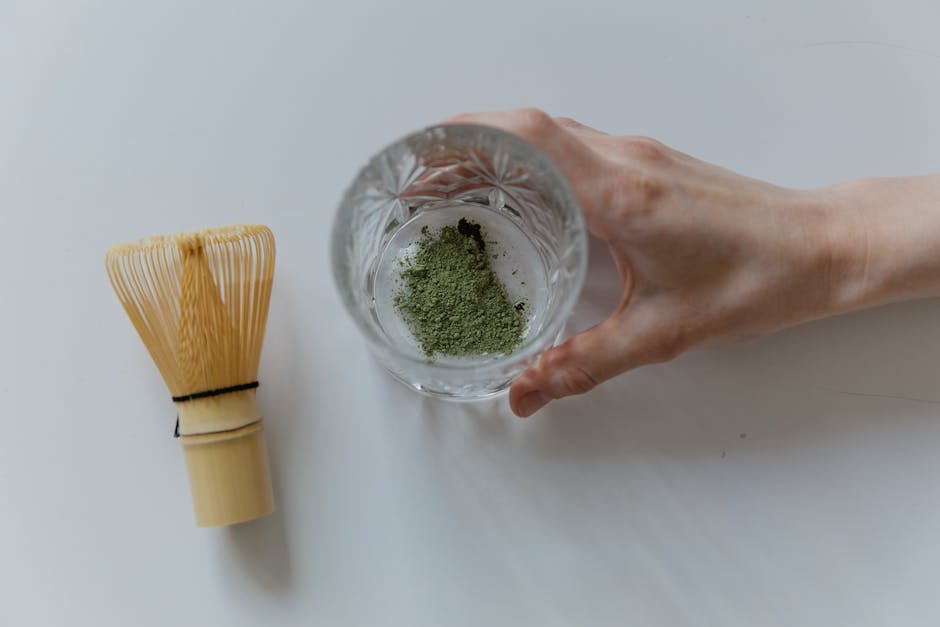
No Japanese food experience would be complete without matcha, a finely ground powder made from specially grown and processed green tea leaves. I prepared a traditional usucha (薄茶 – thin tea), whisking the matcha powder with hot water until frothy. The vibrant green color and the earthy aroma were incredibly appealing. It's more than just a drink; it's an experience.
Taste Test: The matcha had a slightly bitter, vegetal flavor that was both refreshing and invigorating. The frothy texture added a luxurious mouthfeel. It was a perfect way to cleanse the palate and end my culinary journey.
Japanese Lesson: Matcha language:
- Matcha (抹茶): Green tea powder
- Usucha (薄茶): Thin tea
- Chawan (茶碗): Tea bowl
- Chasen (茶筅): Bamboo whisk
- Nigai (苦い): Bitter
Style Note: Invest in a good-quality matcha set, including a chawan (tea bowl), chasen (bamboo whisk), and chashaku (bamboo scoop). The ritual of preparing and drinking matcha is a calming and meditative experience. Consider a natsume (棗), a small container for storing the matcha powder.
A Culinary Journey: More Than Just Food

My taste-testing adventure was more than just a culinary experience; it was a cultural immersion. By exploring the diverse flavors and textures of Japanese cuisine, and by learning a few basic Japanese words, I gained a deeper appreciation for the beauty and artistry of Japanese culture. The language connects to the food. It adds to the appreciation.
From the rich, soul-warming ramen to the delicate sweetness of mochi, each dish told a story. And each new word learned opened a small window into the fascinating world of the Japanese language. So, next time you're enjoying Japanese food, take a moment to appreciate the artistry, the flavors, and the culture behind each bite. And maybe, just maybe, try learning a few Japanese words along the way! Gochisousama deshita (ごちそうさまでした – thank you for the meal!).
Now it's your turn. What are your favorite Japanese foods? And what's one Japanese word you'd like to learn? Share your thoughts in the comments below! Let's continue our Japanese journey together.
Post a Comment